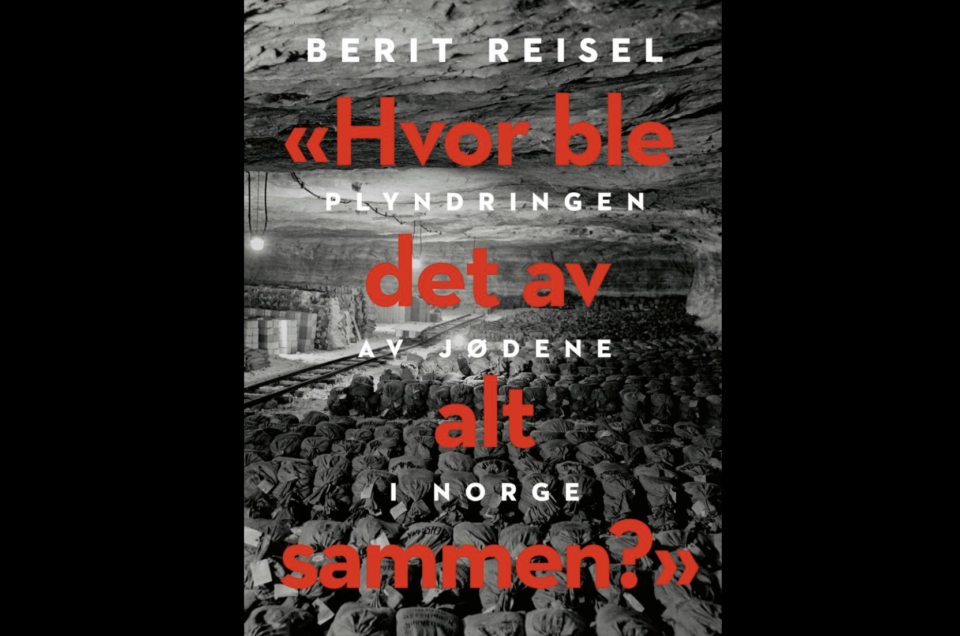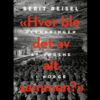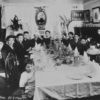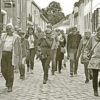Book talk

Nina Grünfeld talks with Berit Reisel about her book Where did it all go? — the looting of the Jews in Norway and researcher Synne Corell, historian associated with the Center for Studies of the Holocaust and Religious Minorities on her forthcoming book The Liquidation.
Location: Synagogue
Ticket price NOK 100
What happened after World War II, when the Jewish refugees returned to Norway, and how the Norwegian authorities acted to replace the Jews’ properties. This question is addressed in two books we look at more closely during this year’s festival. Author and filmmaker Nina Grünfeld will be talking to psychologist and author Berit Reisel about her book “Where did it all go? — the looting of the Jews in Norway” and researcher Synne Correll at the HL Center who is publishing the book Liquidation in October this year on the same topic.
After the Norwegian Jews were arrested, detained or fled the country in 1942, police officers seized valuables in Jewish homes around the country: jewelery, watches, silverware and cash. Houses and flats, factories and shops were transferred for the benefit of the state. After the deportation, assets and contents were sold at auctions to neighbors and other interested parties.
When the surviving Jews returned home in 1945, little was left of everything they had owned. For many of the surviving Jews, the struggle against bureaucracy, training, and suspicion in the compensation process became a new traumatic experience. In 1996, the state appointed a committee to look at the issue again. When the Skarpnes Committee’s recommendation was available the following year, the majority’s conclusion was clear: All Norwegians had had to suffer losses during the war, the compensation process had been “good and thorough”. Among the majority were several prominent historians and jurists. Berit Reisel and Bjarte Bruland looked at it differently: The looting of the Norwegian Jews had to be seen in connection with the Nazis’ attempts to exterminate the Jewish population in Norway. What had actually happened to the Norwegian Jews and their possessions had to be re-mapped. The approach of the minority led to a different conclusion. The committee was split. When the Norwegian parliament, Stortinget, decided in the summer of 1998 to give the Jews in Norway NOK 450 million in compensation, it was the minority’s recommendation that was used as a basis. In retrospect, the Skarpnes Committee is an important turning point in Norwegian post-war history.






















